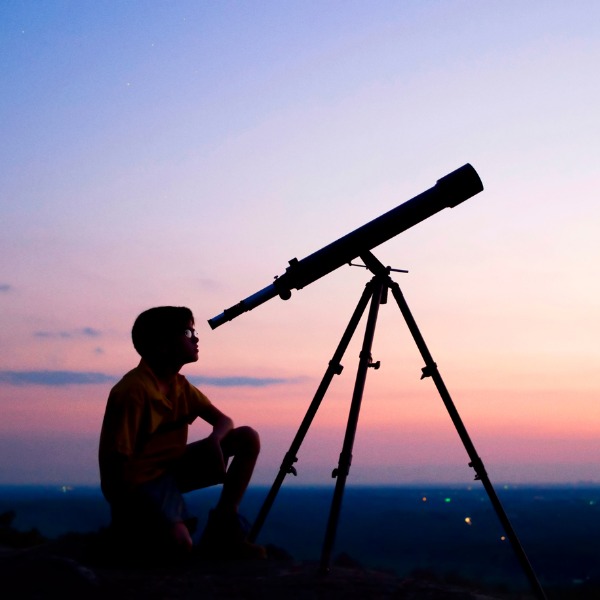Stamp: Astronomer and telescope (Saint Vincent and The Grenadines 1999)
Astronomer and telescope (Saint Vincent and The Grenadines 1999)
01 January (Saint Vincent and The Grenadines ) within release Revenue goes into circulation Stamp Astronomer and telescope face value 10 East Caribbean cent
Stamp is square format.
$3 postage stamp of 1986 (SG 976) overprinted "REVENUE" and surcharged "10¢" and obliterating block in black Revenue Reverend cat. no: R232Also in the issue Revenue:
- Stamp - “Mary and de Baby weary” face value 10;
- Stamp - “Star above shine in de sky” face value 10;
- Stamp - American man of war face value 10;
- Stamp - Astronomer and telescope face value 10;
- Stamp - Ayres Turbo Thrush face value 10;
- Stamp - Boy and officer face value 10;
- Stamp - British man of war face value 10;
- Stamp - British troops in battle face value 10;
- Stamp - Carib hieroglyph face value 10;
- Stamp - Christmas 1981 face value 10;
- Stamp - Christmas 1981 face value 10;
- Stamp - Christmas 1982 face value 10;
- Stamp - Christmas 1983 face value 10;
- Stamp - Christmas 1984 face value 10;
- Stamp - Christmas 1984 face value 10;
- Stamp - Coconut plantation, husking coconuts face value 10;
- Stamp - Common Black Hawk (Buteogallus anthracinus) face value 10;
- Stamp - Copra drying frames face value 10;
- Stamp - Crayfishing face value 10;
- Stamp - Elegant Anemone (Actinoporus elegans) face value 10;
- Stamp - Emblem face value 10;
- Stamp - Emblem face value 10;
- Stamp - Flag of St Vincent and Commonwealth symbol face value 10;
- Stamp - Flour Milling face value 10;
- Stamp - Freshwater Shrimp (Macrobrachium sp.) face value 10;
- Stamp - Goat-skin drum face value 10;
- Stamp - Grumman Goose, 1952 face value 10;
- Stamp - Guava face value 10;
- Stamp - Hoeing face value 10;
- Stamp - Humming Bird (Eulampis jugularis) face value 10;
- Stamp - Junior Secondary School face value 10;
- Stamp - Kim de Freitas face value 10;
- Stamp - Kingstown General Post Office face value 10;
- Stamp - Kingstown General Post Office face value 10;
- Stamp - Lady of the Night (Cestrum nocturnum) face value 10;
- Stamp - Locust (Hymenaea coubaril) face value 10;
- Stamp - Model sailing dinghy face value 10;
- Stamp - Musical fantasy face value 10;
- Stamp - Passion Fruit face value 10;
- Stamp - Prickly Pear cactus face value 10;
- Stamp - Prime Minister R. Milton Cato face value 10;
- Stamp - Prime Minister R. Milton Cato face value 10;
- Stamp - Ramillies lost in storm face value 10;
- Stamp - Soufrière Bird (Myadestes genibarbis sibilans) face value 10;
- Stamp - View of Fort Duvernette face value 10;
- Stamp - Westminster Abbey face value 10;
- Stamp - Women's basketball face value 10;
- Stamp - Yachts racing face value 10;
- Stamp - Painting "Poinsettia" by Jackie Douglas face value 10;
Stamp Astronomer and telescope it reflects the thematic directions:
Astronomy is a natural science that studies celestial objects and the phenomena that occur in the cosmos. It uses mathematics, physics, and chemistry in order to explain their origin and their overall evolution. Objects of interest include planets, moons, stars, nebulae, galaxies, meteoroids, asteroids, and comets. Relevant phenomena include supernova explosions, gamma ray bursts, quasars, blazars, pulsars, and cosmic microwave background radiation. More generally, astronomy studies everything that originates beyond Earth's atmosphere. Cosmology is a branch of astronomy that studies the universe as a whole. .
A comet is an icy, small Solar System body that warms and begins to release gases when passing close to the Sun, a process called outgassing. This produces an extended, gravitationally unbound atmosphere or coma surrounding the nucleus, and sometimes a tail of gas and dust gas blown out from the coma. These phenomena are due to the effects of solar radiation and the outstreaming solar wind plasma acting upon the nucleus of the comet. Comet nuclei range from a few hundred meters to tens of kilometers across and are composed of loose collections of ice, dust, and small rocky particles. The coma may be up to 15 times Earth's diameter, while the tail may stretch beyond one astronomical unit. If sufficiently close and bright, a comet may be seen from Earth without the aid of a telescope and can subtend an arc of up to 30° (60 Moons) across the sky. Comets have been observed and recorded since ancient times by many cultures and religions.
A telescope is a device used to observe distant objects by their emission, absorption, or reflection of electromagnetic radiation.Originally, it was an optical instrument using lenses, curved mirrors, or a combination of both to observe distant objects – an optical telescope. Nowadays, the word "telescope" is defined as a wide range of instruments capable of detecting different regions of the electromagnetic spectrum, and in some cases other types of detectors.



